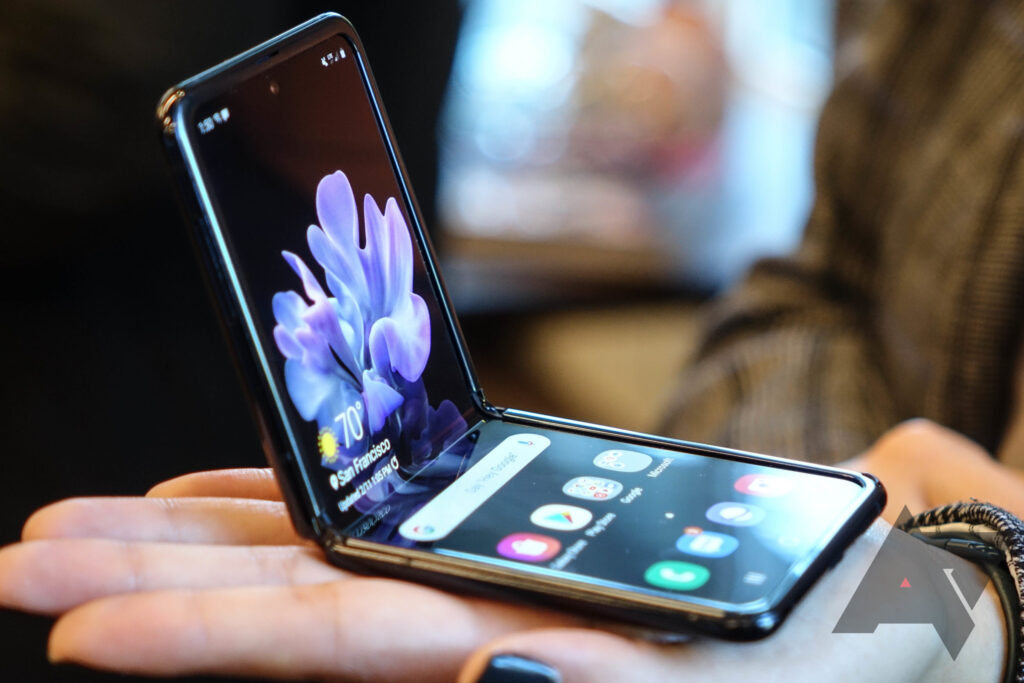As we all know, technology advances at an incredible rate in today’s world. What was “high-tech” last week is now an old and outdated model, and telecommunications are not immune. While few will shift their business to mobile devices, eliminating fixed telephones and lines from their businesses, most users prefer traditional telephones as their primary mode of communication.
The demise of traditional analog telephony is more of a crisis event, a tipping point, or a triggering event. In the short term, users will face a significant issue that must be addressed. It is also an opportunity to reorganize and rebuild the telecommunications system from the ground up.

In most cases, the users’ telecommunications system works flawlessly, and they do not want to change it or even consider switching to a new technology, which is perfectly understandable. However, in this case, where the telecommunications system is slowly dying and losing its capabilities, users will need to act quickly to avoid being left without a telecommunications solution.
But what will happen when these users are forced to choose another path, another technology, as analog telephony approaches its end of life? The answer is self-evident, and that is that VoIP telephony will successfully replace traditional telephony.
VoIP telephony will undoubtedly replace traditional technology. VoIP is a telephone technology that transmits voice over the free Internet rather than the traditional network (PSTN). The voice quality is comparable to, if not better, that of a traditional phone call.

A traditional voice call employs antiquated analog technology susceptible to outside influences and interference. VoIP transmission employs digital technology. Voice over the Internet travels in packets via a protocol. That protocol ensures the packet arrives at its destination while also placing a significantly lower burden on resources.
VoIP (Voice over IP) refers to using the Internet Protocol to transport phone calls. Such calls can be made from analog phones using appropriate converters (Analog Telephone Adapter, or ATA), IP phones, or special applications running on personal computers. Many protocols are included and used in VoIP technologies, such as the RTP protocol (Real-time Transport Protocol) for multimedia data transport and the SIP protocol (Session Initiation Protocol) for signaling, i.e., constructing and trying to control a session.
The Internet Engineering Task Force (IETF) has standardized the SIP (Internet Engineering Task Force). The 3GPP (3rd Generation Partnership Project) organization has approved SIP as the primary system for multimedia sessions in next-generation networks. Its future widespread adoption ensures acceptance by the world’s largest telecommunications equipment manufacturers.

The primary function of VoIP is to facilitate long-distance voice conversations via the Internet. The cost of these calls can be significantly reduced using the Internet rather than a traditional telephone. Furthermore, using VoIP does not affect where you can call anytime and from any number. This is why many people have begun to use VoIP, and conventional phones will eventually be phased out. Any broadband connection can be used to make a VoIP call.
A softphone is client software that allows VoIP service to be used on a desktop or laptop computer. A laptop will enable you to call from anywhere in the world with broadband Internet access. When both users use VoIP technology, the call is routed through the Internet rather than the expensive PSTN. It is digital to its destination, so the quality is higher, and it is entirely free. The sound quality is especially noticeable on international calls. See here for more information on how VoIP technology can save you up to 70% on international calls.
All GSM mobile phone users with a connection to the Internet or SIP assistance can take advantage of the benefits of VoIP technology. Users with GSM phones that support WI-FI can use community hotspot access points or home WLAN and VoIP technology via a built-in, free app installed on their mobile device.

As previously stated, VoIP works by changing the analog sound coming from the speaker, which is then used as a digital data packet. The data packet will be sent and forwarded over the Internet to the hub, router, or ADSL model to deliver it to the destination location or address.
Digital signals can be sent to remote destinations or the destination of the data packet sender. Before transmitting voice data, the analog signal will be converted into a digital signal by an ADC or analog-to-digital converter. The modified data will only then be sent directly to the recipient.
If you want to use VoIP at home, you need to link your home phone to the VoIP modem (which we pre-configure based on the user’s preferences) and connect it straight to the Internet (your ADSL modem). You can either disconnect your current connection completely or connect it to a VoIP modem and use it to receive calls. It is entirely free to call another VoIP user.
